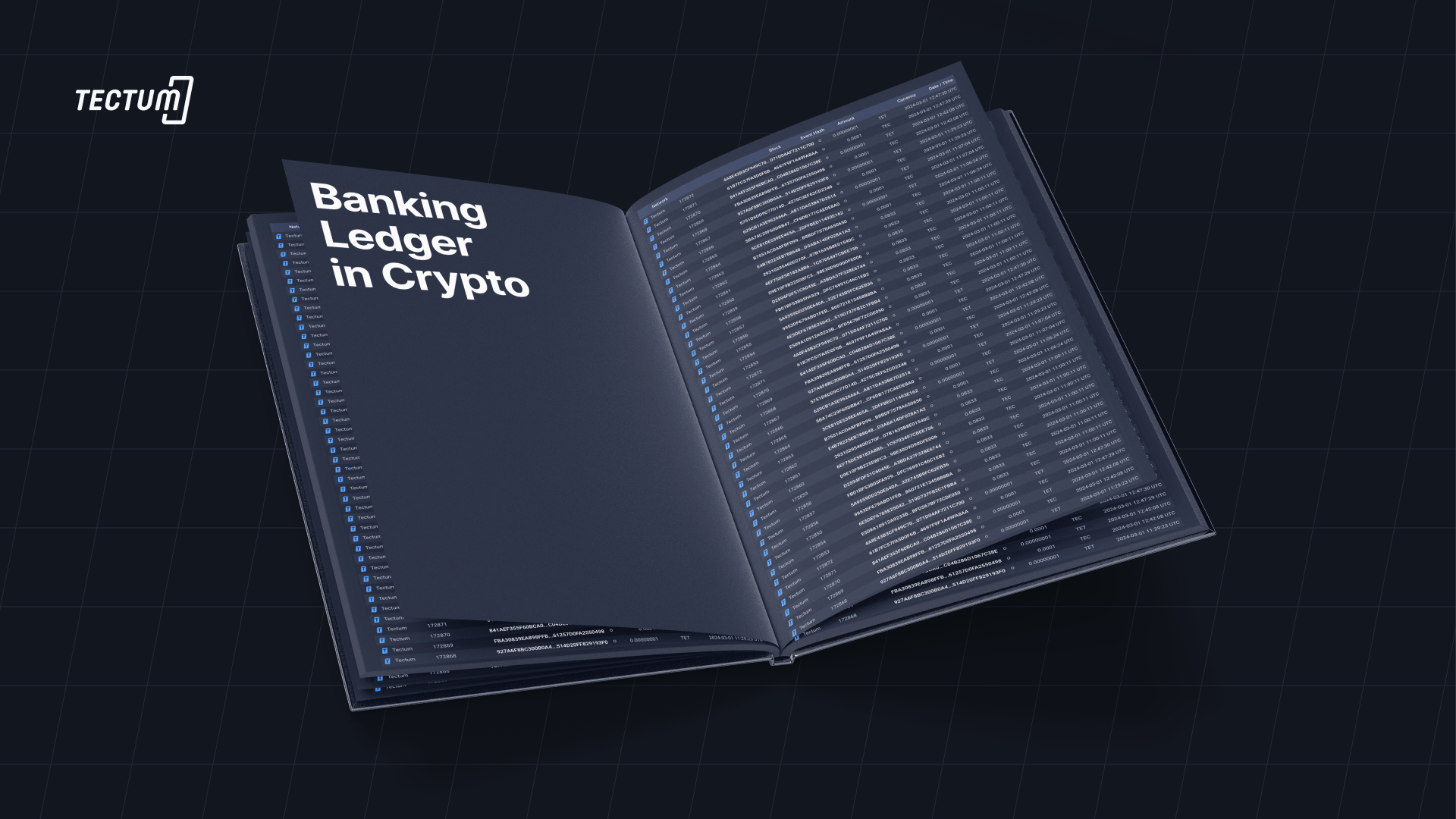Banking Ledger in Cryptocurrency (An Overview)

Given “currency” part of cryptocurrency, of course, qualifies the transactions taking place as a financial transaction, and thus much like fiat there has to be a ledger where the records of crypto transactions that take place can be stored. What functions as a banking ledger in cryptocurrency is known as the blockchain.
While the banks that regulate fiat currencies used centralized ledgers which each branch of the bank operates and which are only available to the banks and only the owners of bank accounts. In other words, it is only you and the bank can have access to all the transactions that you have made with your bank account, and it is only the bank that can update it.
Cryptocurrency protocols, on the other hand, use a decentralized ledger in which everybody who does transactions can read and write on the blockchain. The system is transparent and everybody can view the history of all the transactions that have taken place and those that are ongoing.
As noted, there is a tendency to believe that the blockchain is no different from a Digital Banking ledger, after all both are done digitally rather than physically, and it becomes even more confusing when one realizes that most fiat currencies now have e-currencies as well.
However, a blockchain is different from a digital one in the following ways:
Banking ledgers are controlled by the banks and updated by the different bank branches. Therefore it is only the bank and the owner of the bank account that have access to the record of transactions. It is also only the bank that can update the transaction. Thus for example, if you use your credit card to pay for something, the record of that item is updated in the bank ledger and you see it in your account statement whether you want to or not.
On the other hand, the blockchain is distributed. Every member on a blockchain can see the date, time, and the parties that were involved in every transaction. Members can also see every type of transaction that took place.
Smart contracts are self-executing contracts based on the blockchain protocol which are designed to automate manual processes. These smart contracts make blockchain technology useful not just in terms of storing financial transactions but also in order-use cases such as in legal record keeping and document execution, medical records, and academic records. Digital banking ledgers on the other hand are limited in the transactions that they can perform.
To understand how the blockchain works, you need to understand a concept in cryptocurrency known as proof of work
Proof of work (POW) is a mechanism for asserting the validity of crypto data. The mechanism involves solving a computer puzzle called a hash to create new blocks in a crypto blockchain. Once the hash is solved, the computer that solves the hash presents it as proof that it has “done the work” hence the name of the mechanism. There has to be a consensus among the nodes on the blockchain that a given node that node has a POW before the blockchain can be updated to reflect the new block. The reward for a POW is new crypto coins. The process of earning new coins with proof of work in cryptocurrency is known as mining.
Of course, there are different names for the process of entering transactions on a blockchain and it varies according to the kind of blockchain. Some blockchains have “proof of stake” some have “proof of utility” and some like the Solana altcoin even have hybrid mechanisms that combine “proof of stake” with “proof of history”.
This kind of blockchain is not restrictive, i.e. anyone with access to the internet can join and become a node. If you have the equipment you can become a miner and present Proof of Work for a chance to earn coins. However public blockchains have a higher security risk since every node on the blockchain may not follow the required security protocols
The private blockchain has the normal features of a public blockchain, but it is way more restricted than the latter. Of course, the blockchain is still decentralized, but access is only granted to a limited number of people. A lot of new crypto projects are often based on private blockchains.
These are blockchains that combine both public and private blockchains depending on the level of security access for users.
Bitcoin is not a transaction ledger. It is a cryptocurrency coin much like the dollar or the euro are currencies. However, unlike the latter two, it does not exist in physical form. Instead, it is the transaction in bitcoin that go on the ledger.
In this article, we have learned about a decentralized ledger in cryptocurrency, known as the blockchain, and the differences between a Blockchain and a normal banking ledger.
It is worth noting that the blockchain has many uses beyond just simply storing records. It can help in reducing operational costs in real-time transactions between financial institutions, help in fraud prevention and customer identification, it can make borrowing money more secure by removing gatekeepers through technology, and it can also convert traditional securities such as bonds and alternative assets into tokens and create interoperable capital markets.